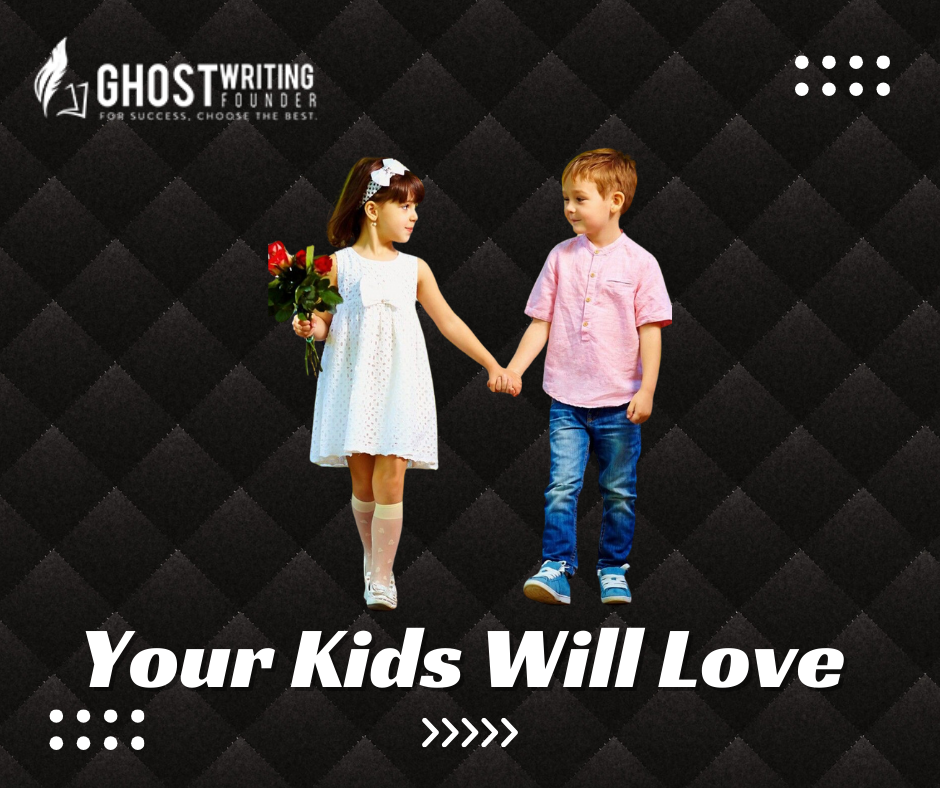
Book
Bedtime stories are a cherished tradition for many families. These stories not only entertain children but also help them relax and drift off into a peaceful sleep. In this article, we’ll explore four short bedtime stories that your kids are sure to love. These stories are not just entertaining; they also impart valuable life lessons and inspire young minds.
How To Choose The Right Bedtime Story For My Child’s Age And Interests?
Choosing the right bedtime story for your child can be a delightful bonding experience. It not only helps in creating a bedtime routine but also fosters a love for reading. To make the most of this time, pay close attention to your child’s age, interests, and attention span when selecting bedtime stories. Here’s how to do it in detail:
Consider Your Child’s Age:
Age plays a crucial role in determining the complexity and length of the stories. Younger children generally have shorter attention spans and may not fully understand complex narratives, while older children can engage with more detailed and intricate stories.
Assess Interests:
Pay attention to your child’s interests and passions. Select stories that align with their hobbies, curiosities, or favorite themes. If they’re into animals, opt for animal stories; if they love adventure, choose adventure tales. This can help keep them engaged and excited about reading.
Engage Their Imagination:
Bedtime stories are an opportunity to stimulate a child’s imagination. Select stories that have a touch of magic, fantasy, or whimsy. Fairy tales, folktales, and stories with talking animals or imaginary worlds can be particularly captivating.
Incorporate Values and Lessons:
Choose stories that impart valuable life lessons or morals. Stories with strong tone and perspective can help your child learn important values and ethics. It’s a subtle way to instill good behavior and decision-making.
Listen to Their Preferences:
Be open to your child’s preferences. Ask them what kind of story they’d like to hear. This not only makes them feel involved but also ensures they’ll be more engaged with the chosen story.
Vary the Selection:
It’s a good idea to have a variety of stories in your collection, for example, contemporary fiction genres, themes, and styles to keep bedtime reading exciting. This also allows your child to explore different types of literature and broaden their horizons.
Adapt the Length:
Be mindful of your child’s attention span. If your child is tired and ready to sleep, choose a shorter story. On other nights, when there’s more time, you can opt for longer narratives.
Visit the Library:
Your local library is a great resource for discovering age-appropriate books. Librarians can offer recommendations based on your child’s age and interests.
It is time to share a story.
The Quest for the Lost Rainbow
Once upon a time, there was a brave young squirrel named Sammy. Sammy wanted to find the lost rainbow. This meant he had to go on a big adventure. Along the way, Sammy met many different animals in the forest. Each animal taught him something important.
Sammy learned that you can do amazing things when you work with your friends. He also learned that you should never give up, even when things are tough. Sammy and his new animal friends managed to bring back the lost rainbow through teamwork, determination, and friendship. This story is about how working together and not giving up are important.
The Brave Little Star
In the vast, dark sky at night, a small star felt very lonely. This star wanted to find a friend. The star’s journey was all about discovering things about itself and learning about friendship.
During the journey, the little star met a wise moon. Together, they found out that friendship is very powerful. It can make even the darkest times brighter. With their new friendship, the little star started shining brighter than ever before. This story teaches us that having friends and finding our special qualities can make us shine in the world.
The Curious Kitten’s Adventure
In a cozy neighborhood, there was a kitten named Whiskers. Whiskers were very curious and loved to explore. This story is all about Whiskers’ exciting adventures and the things she learned along the way.
Whiskers’ curiosity led her to go on a big adventure. During her journey, she faced obstacles and met interesting characters. She learned a lot about the world around her. In the end, she returned home, having learned the importance of being curious but staying safe and how family is very important. This story teaches us about the joy of exploring and the importance of family.
The Little Seed’s Dream
In a beautiful garden, there was a tiny seed. This little seed had a dream to become a lovely flower. The story is about the seed’s journey to make its dream come true.
The little seed faced challenges like bad weather and curious garden creatures. But it never gave up. With determination and belief in itself, the seed started to grow. This story teaches us that being patient and not giving up on our dreams is important. It shows us how believing in ourselves can help us grow and become something beautiful.
Why Are Bedtime Stories Important for Children’s Development?
Bedtime stories are important for kids because they do many good things for their growth. Let’s explain in detail:
Language Development:
When parents read stories to their children, they expose them to new words and ideas. This helps kids learn and understand language better. It’s like a little language lesson every night.
Imagination:
Bedtime stories can be like magical journeys into different worlds. They let children use their imagination to picture the characters and places in the story. This helps kids become more creative and think about different things.
Bond with Parents:
Reading bedtime stories is a special time for parents and kids to be together. It’s a moment to cuddle, chat, and share a story. This creates a strong, loving connection between children and their parents.
What Is the Appropriate Length Of Writing For Different Age Groups?
The ideal writing for age group length varies. Short stories of 50-300 words are best for toddlers and preschoolers. Early readers can handle 300-1,000 words. Middle-grade readers engage with chapter books of 20,000-50,000 words. Young adults read novels from 50,000-100,000 words, with adults’ lengths varying based on genre and purpose.
Can We Use A Portion Of Children’s Book Writing To Create A Bedtime Story?
You can certainly take a part of children’s book writing and adapt it into a bedtime story. Many children’s books contain engaging and imaginative content that can be excerpted or modified to create shorter, more suitable bedtime narratives. It’s important to ensure that the content remains age-appropriate and conveys a complete, satisfying story within a shorter format.
How Can I Make Storytelling More Engaging For My Child?
There are two ways to improve storytelling. First, use expressive voices, ask questions, and encourage your child to predict the story’s outcome. Second, you can hire a professional service like Ghostwriting Founder to write an engaging bedtime story.
Main Attributes and Elaborate Information
| Aspect | Details | Example Story |
|---|---|---|
| Age Appropriateness | Consider the child’s age to choose stories with suitable complexity and length. | The Quest for the Lost Rainbow – suitable for younger children due to its simple narrative. |
| Child’s Interests | Select stories aligning with the child’s hobbies or favorite themes. | The Brave Little Star – ideal for children interested in space and astronomy. |
| Imagination Engagement | Choose stories with elements of magic, fantasy, or whimsy. | The Curious Kitten’s Adventure – stimulates imagination with its adventurous theme. |
| Values and Lessons | Stories should impart valuable life lessons or morals. | The Little Seed’s Dream – teaches patience and perseverance. |
| Child’s Preferences | Involve the child in the story selection process. | Ask the child what type of story they prefer, like adventure or fantasy. |
| Variety | Have a diverse collection of stories to maintain interest. | Mix of contemporary fiction, fairy tales, and folk stories. |
| Story Length | Adapt the length of the story to the child’s attention span. | Shorter stories for tired nights, longer ones when more time is available. |
Conclusion
Bedtime stories are not just tales; they are windows to the imagination and life lessons. The four short stories in this article promise to captivate your child’s heart and mind while imparting valuable messages of friendship, self-discovery, curiosity, and perseverance. As you share these enchanting tales with your little ones, you are creating cherished memories and nurturing their young minds.









Leave a Reply